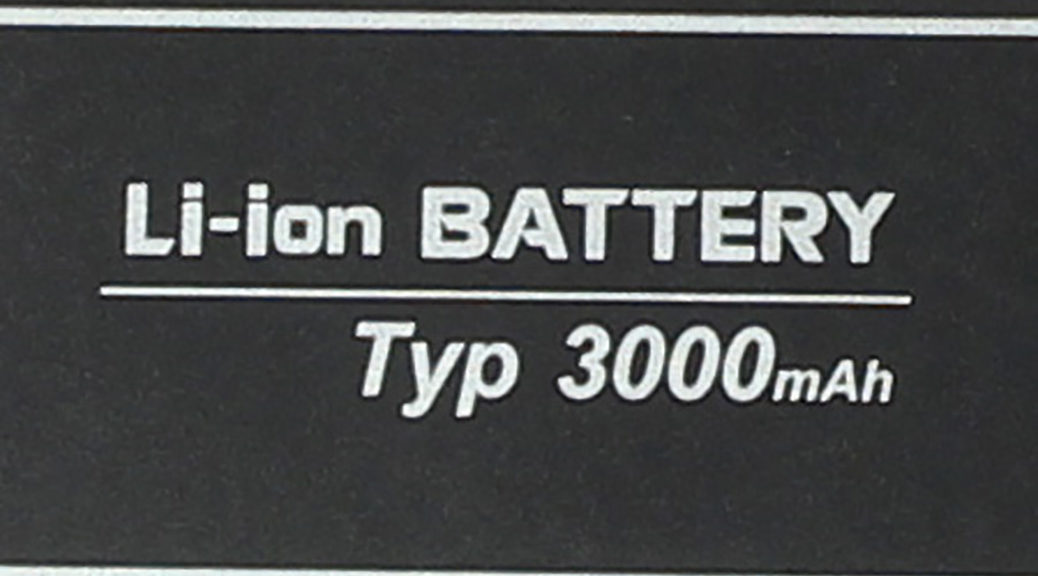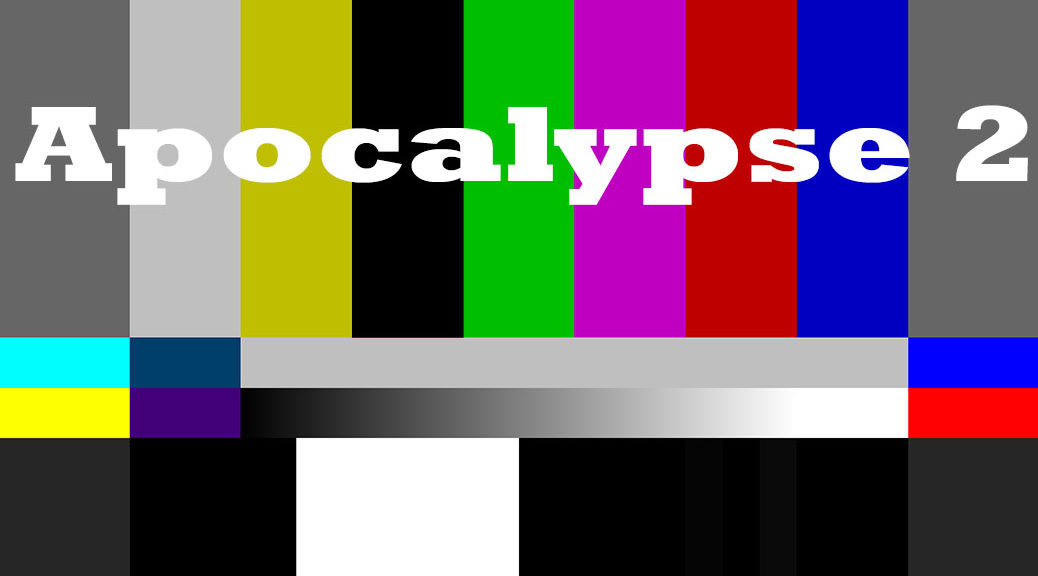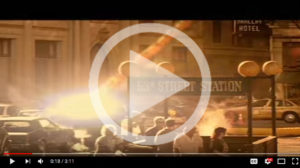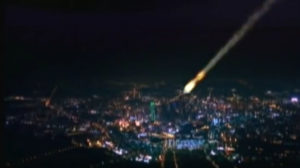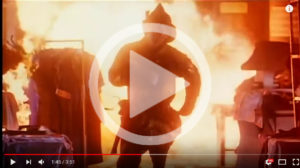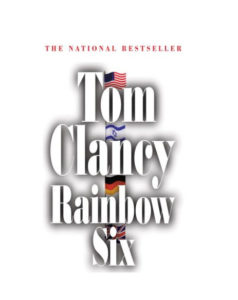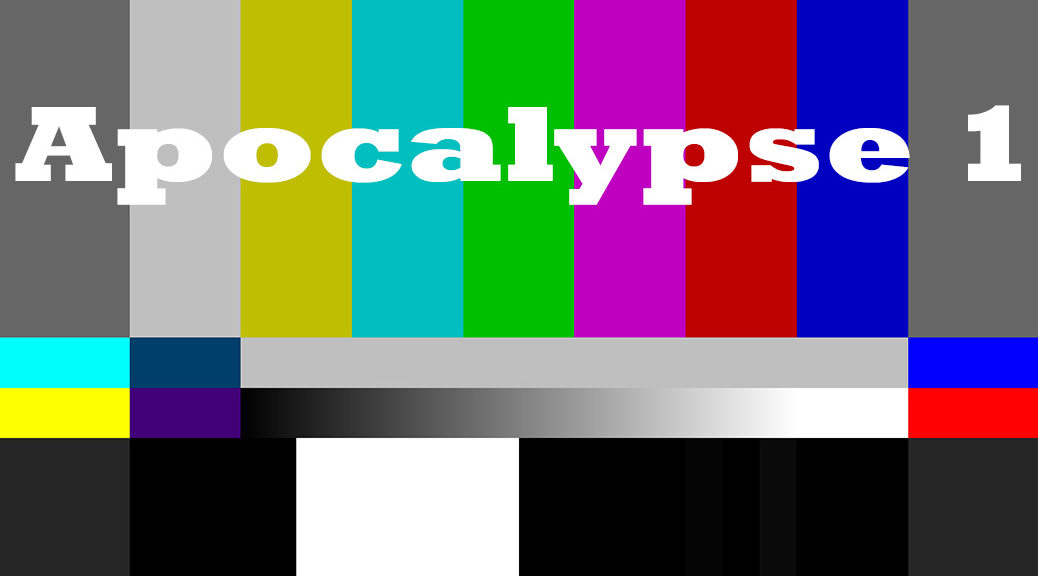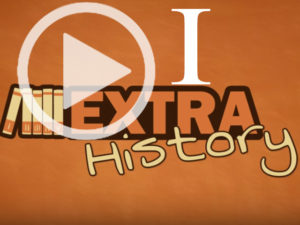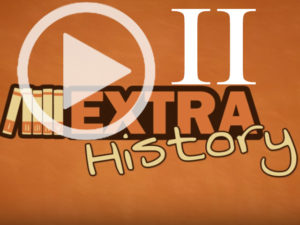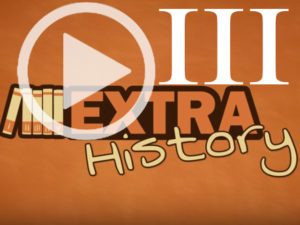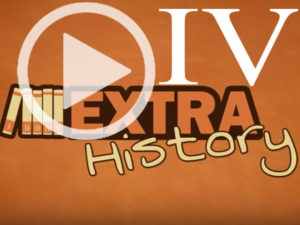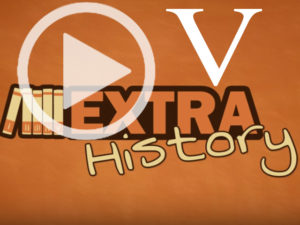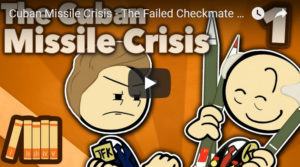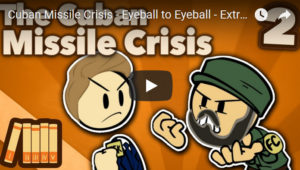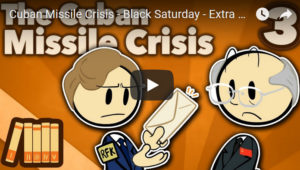I propose that we re-implement an old time format that makes much more sense. Many might consider it a “new” time format, but that’s because nobody today is old enough to remember how we did time before. You would have to be ~150 years old. Computers and smart phones finally enable us to wake up from the madness. The time format goes like this:
-What time is it?
-“It is plus 47 minutes right now.” (which it actually was when and where I wrote this, because the sun rose 47 minutes ago here in Columbus, Ohio).
-What time is sunset?
-“Sunset today is at plus 14:16.” which it actually will be in Columbus, Ohio today, 11 May, because the day is 14 hours and 16 minutes long
or, equally:
-“Sunset is at 9:43 until.” because the sun sets tonight 9 hours and 43 minutes before it rises tomorrow, 12 May. The night is 9 hours and 43 minutes long.
9:43 + 14:16 = 23:59. The sunrises might be slightly off exactly 24 hours, but always by less than a minute (or so).
-What time is midday today?
-“Midday today is around plus 7 hours I think. Oh wait, let me think, I guess it’s at plus 7:08 today we just said what time sunset is duh.”
-What time do you get up?
-“I wake up at 30 until everyday.”
-What time do you go to bed?
-“I go to bed anywhere from 6:30-’til to 8:30-’til. I like to get 6-8 hours of sleep.”
-What time does work start?
-“My boss is weird. He starts work late in the summer and super-early in the winter when it’s dark and cold. It constantly shifts day-to-day. Also, one day in the spring and again in the fall, it suddenly jolts all at once by a whole hour. So disorienting, but I’ve been hearing rumors that we are going to stop doing this soon.”
This clearly begs the question, do seconds, minutes and hours make sense? Or should we be using a fraction of the sun’s path in the sky? Yes, minutes and hours still make sense, and they have been around much longer than this system of time we have now. The 24 hour day is literally older than Jesus. Hipparchus standardized the length of an hour and called it “equinoctial time.” Hours and minutes are arbitrary units, but a sun-fraction unit would mean that the unit itself changes day-to-day. We probably don’t want that.
Then what do we call the old time system that we used for ~134 years, it looks like, since about 1884? I propose that we call it “IMC Time” after the International Meridian Conference that proposed it in 1884. Or, we could just call it “Industrial Time,” because it was implemented and used in the early years of the Industrial Revolution.
Of course, we can continue to refer to the 12-hour time format with AM and PM as “Ambiguous Time,” or “Confusing and Stupid Time.”
